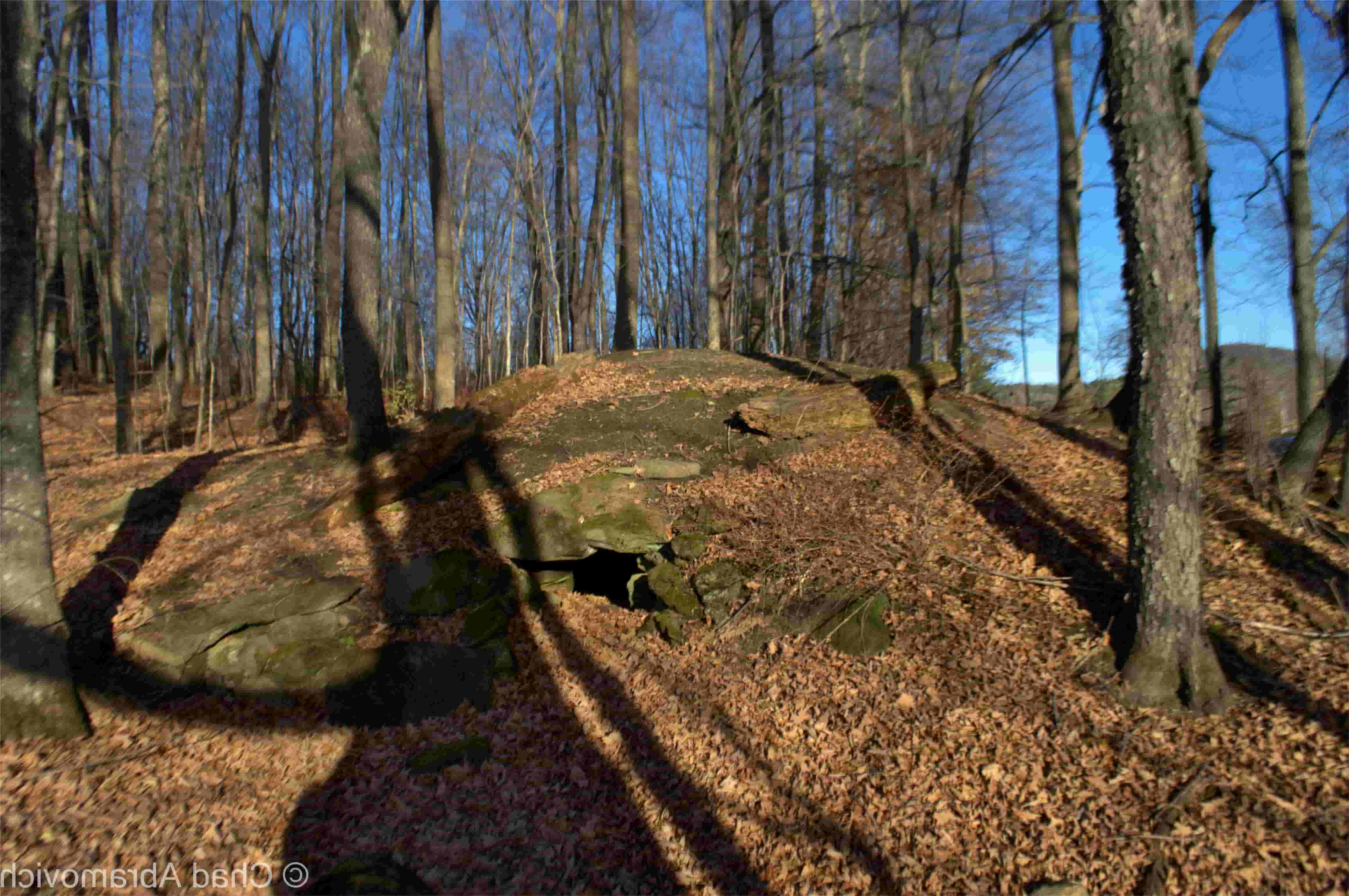Secrets Of Vermont’s Ancient Stone Circle Observatories

Have you ever wondered about the mysteries hidden in Vermont's forests? One of the most intriguing secrets is the ancient stone circle observatories. These mysterious structures have puzzled historians and archaeologists for years. Were they used for tracking the stars, marking important dates, or something else entirely? Some believe they were built by Native Americans, while others think early European settlers might be responsible. Regardless of their origin, these stone circles offer a fascinating glimpse into the past. Join us as we explore the history, theories, and significance of Vermont's ancient stone circle observatories.
Secrets of Vermont's Ancient Stone Circle Observatories
Vermont, known for its lush landscapes and charming small towns, hides a fascinating secret: ancient stone circle observatories. These mysterious structures, scattered across the state, have puzzled historians and archaeologists for years. Let's uncover some of these intriguing sites.
1. Calendar II
Calendar II, located in South Woodstock, is one of Vermont's most famous stone circles. This site features a series of stone chambers and standing stones aligned with celestial events. During solstices and equinoxes, the sun's rays illuminate specific stones, marking the changing seasons.
2. Calendar I
Not far from Calendar II, Calendar I in South Woodstock offers another glimpse into ancient astronomical practices. This site includes a large stone circle with smaller stones positioned to track lunar cycles. The precise alignment suggests a deep understanding of astronomy by its builders.
3. The Upton Chamber
The Upton Chamber in Upton, Massachusetts, though not in Vermont, is often linked to the state's stone circles due to its similar construction. This underground stone chamber features a long entrance passage aligned with the summer solstice sunrise. Its purpose remains a mystery, but its alignment hints at astronomical significance.
4. The Calendar Stone
In the town of South Royalton, the Calendar Stone stands as a solitary marker. This large, flat stone has carvings that align with the sun's position during solstices and equinoxes. The carvings' precision suggests advanced knowledge of celestial events.
5. The Stone Chambers of Putney
Putney, Vermont, is home to several stone chambers believed to be ancient observatories. These chambers, built into hillsides, have entrances aligned with the sun's path. During solstices, sunlight floods the chambers, creating a dramatic effect that likely held ceremonial importance.
6. The Stone Circle at Mystery Hill
Mystery Hill, also known as America's Stonehenge, in Salem, New Hampshire, shares similarities with Vermont's stone circles. This site features a complex arrangement of standing stones and chambers aligned with celestial events. The site's age and purpose remain subjects of debate, but its astronomical alignments are undeniable.
7. The Stone Chambers of Newfane
Newfane, Vermont, boasts several stone chambers similar to those in Putney. These chambers, often hidden in dense forests, have entrances aligned with the sun's path. Their construction and alignment suggest they were used for tracking celestial events.
8. The Stone Circle at Gungywamp
Gungywamp, located in Groton, Connecticut, is another site often compared to Vermont's stone circles. This site includes stone chambers, standing stones, and carvings aligned with celestial events. The site's complexity and astronomical significance make it a fascinating counterpart to Vermont's observatories.
9. The Stone Chambers of Dummerston
Dummerston, Vermont, is home to several stone chambers believed to be ancient observatories. These chambers, built into hillsides, have entrances aligned with the sun's path. During solstices, sunlight floods the chambers, creating a dramatic effect that likely held ceremonial importance.
10. The Stone Circle at America's Stonehenge
America's Stonehenge, located in Salem, New Hampshire, is another site often compared to Vermont's stone circles. This site features a complex arrangement of standing stones and chambers aligned with celestial events. The site's age and purpose remain subjects of debate, but its astronomical alignments are undeniable.
Embracing Vermont's Mysteries
Vermont's ancient stone circle observatories are more than just historical sites. They offer a glimpse into the past, showing how early inhabitants understood astronomy and nature. Visiting these sites connects you with a time when people relied on the stars for guidance. Exploring these observatories can be a unique experience, blending history, science, and nature. Whether you're a history buff, an astronomy enthusiast, or just curious, these stone circles have something to offer. Next time you're in Vermont, take the time to visit these fascinating places. You'll walk away with a deeper appreciation for the ingenuity and knowledge of those who came before us. So, pack your bags, grab a map, and set out to uncover the secrets of Vermont's ancient stone circles.

